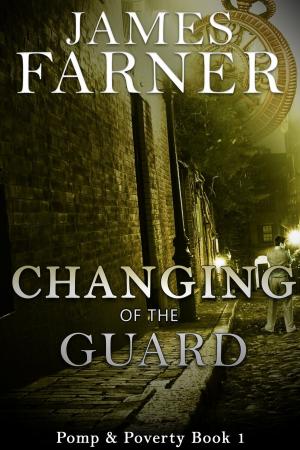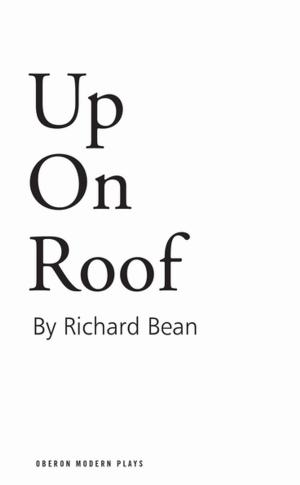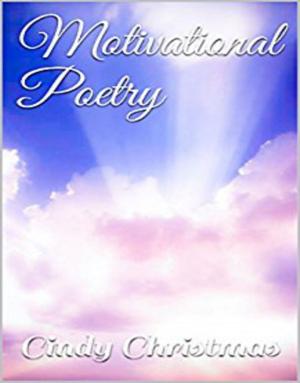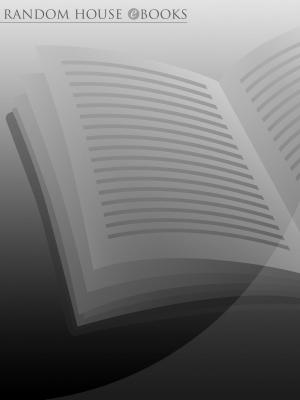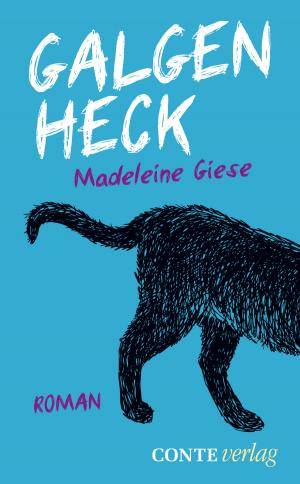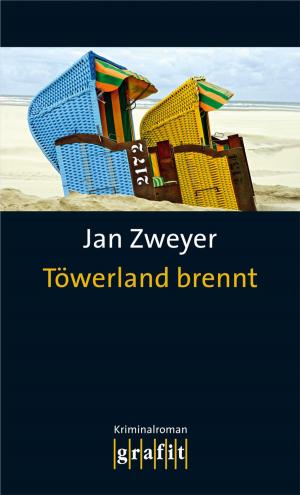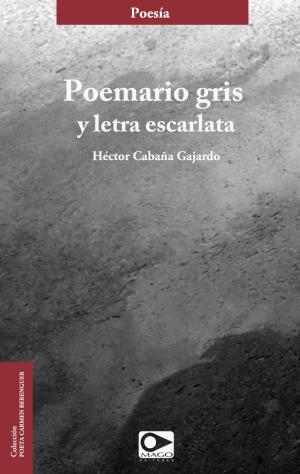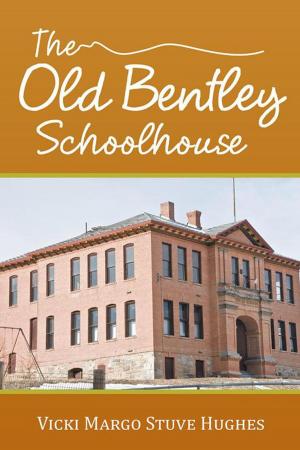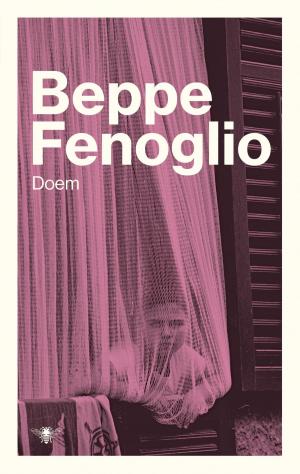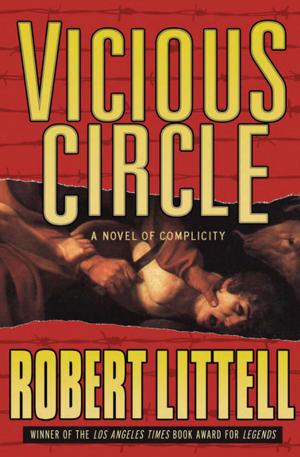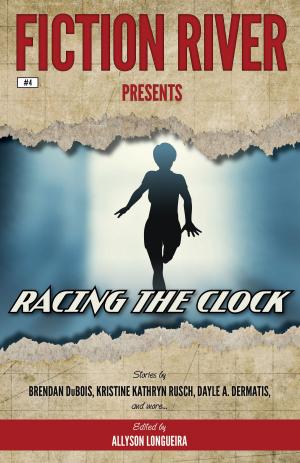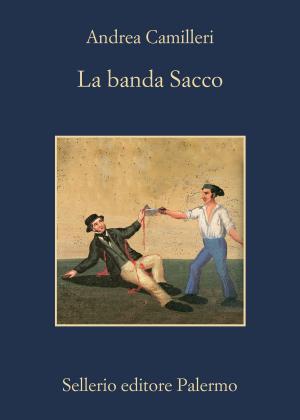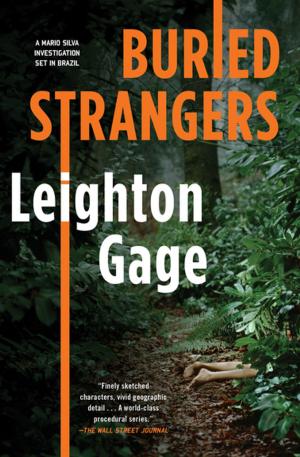| Author: | Joy Dunicliff | ISBN: | 9781909833128 |
| Publisher: | Vivlia Limited | Publication: | January 6, 2014 |
| Imprint: | Vivlia Limited | Language: | English |
| Author: | Joy Dunicliff |
| ISBN: | 9781909833128 |
| Publisher: | Vivlia Limited |
| Publication: | January 6, 2014 |
| Imprint: | Vivlia Limited |
| Language: | English |
This new book describes the life of Mary and William Howitt’s eldest surviving son, Alfred, who travelled to Australia with his brother, Charlton, and their father William in 1851. They travelled to Australia to join the gold rush where Alfred remained while Charlton returned to England with his father. Alfred retrieved the bodies of Burke and Wills, following the failed expedition into the red centre from the north coast of Australia. Alfred was a self-taught geologist, a botanist, a very early anthropologist, an official member of an Aborigine tribe, and received an honorary degree from Cambridge University. Charlton, later in his short life, ended up in New Zealand after agreeing to help a family friend sort out some business problems, only to be drawn into an expedition which proved fatal. The young men had benefited from their parents’ interesting life and their support for emigration as there were no jobs for people in England especially for non-conformists who were banned from any professional work. The cost of education and the cost of living were very expensive particularly then in the middle of a recession! The parents of Alfred Howitt were known for their literary work and for their translations. William tranlated from German, and Mary translated from Danish and Swedish. Mary Howitt’s life was quite simply extraordinary: she was the daughter of a strict Quaker family in Uttoxeter, who at the end her life became a Roman Catholic, being welcomed into the faith by the Pope himself at the Vatican; she was a children’s author who was the first to translate the works of Hans Christian Andersen into English; she was a feminist and anti-slavery campaigner with influential friends such as Elizabeth Gaskell and Charles Dickens; she and her husband also associated with the Pre-Raphaelite artistic brotherhood. I was fascinated with Mary from the time I first heard about her from my mother-in-law. It has been an honour to bring her family’s story into the light and was a source of great interest for my husband and me, inspiring us to carry out wider research into local history. It is interesting that one family from the small Staffordshire market town of Uttoxeter in England should have had such a major impact on the development of Australia and New Zealand, so far away.
This new book describes the life of Mary and William Howitt’s eldest surviving son, Alfred, who travelled to Australia with his brother, Charlton, and their father William in 1851. They travelled to Australia to join the gold rush where Alfred remained while Charlton returned to England with his father. Alfred retrieved the bodies of Burke and Wills, following the failed expedition into the red centre from the north coast of Australia. Alfred was a self-taught geologist, a botanist, a very early anthropologist, an official member of an Aborigine tribe, and received an honorary degree from Cambridge University. Charlton, later in his short life, ended up in New Zealand after agreeing to help a family friend sort out some business problems, only to be drawn into an expedition which proved fatal. The young men had benefited from their parents’ interesting life and their support for emigration as there were no jobs for people in England especially for non-conformists who were banned from any professional work. The cost of education and the cost of living were very expensive particularly then in the middle of a recession! The parents of Alfred Howitt were known for their literary work and for their translations. William tranlated from German, and Mary translated from Danish and Swedish. Mary Howitt’s life was quite simply extraordinary: she was the daughter of a strict Quaker family in Uttoxeter, who at the end her life became a Roman Catholic, being welcomed into the faith by the Pope himself at the Vatican; she was a children’s author who was the first to translate the works of Hans Christian Andersen into English; she was a feminist and anti-slavery campaigner with influential friends such as Elizabeth Gaskell and Charles Dickens; she and her husband also associated with the Pre-Raphaelite artistic brotherhood. I was fascinated with Mary from the time I first heard about her from my mother-in-law. It has been an honour to bring her family’s story into the light and was a source of great interest for my husband and me, inspiring us to carry out wider research into local history. It is interesting that one family from the small Staffordshire market town of Uttoxeter in England should have had such a major impact on the development of Australia and New Zealand, so far away.

